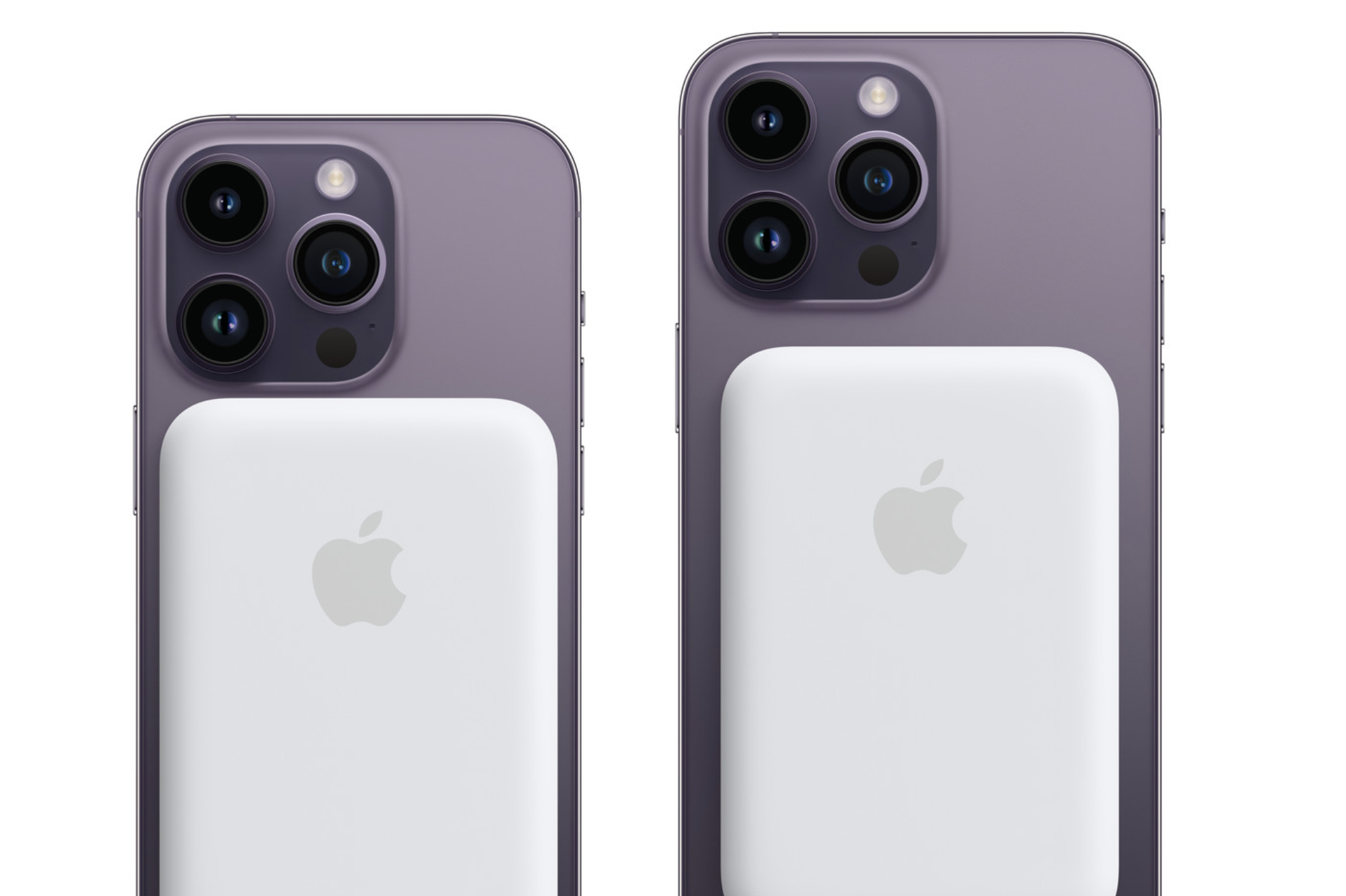Elon Musk’s moons in the way of astronomy pictures
SpaceX has talked a lot about its Starlink satellites literally standing in the way of astronomy images from space, US astronomers report.
This has been a concern for years by astronomers, who feared that SpaceX and other organizations’ satellites could affect their observations. SpaceX currently has 1,400 active satellites, which are in orbit around the Earth. These could reflect light across the sky, which in turn would be able to produce a clear streak in astronomy images and thus destroy ongoing scientific observation.
The Star Link satellites are very small, and according to SpaceX founder Elon Musk, they plan to launch as many as 42,000 satellites. The idea is that the satellites will create their own network all over the world, in order to be able to provide internet where it would be difficult to get coverage otherwise.
in a A study by the American Astronomical Society (AAS), reproduced by PCMag, they explained that more and more of their astronomy images are affected by the presence of Starlinks satellites, as more and more of them are being launched.
AAS analyzed a number of archive images from an observatory in California from November 2019 to September 2021, while at the same time extracting data on the various orbital positions of the Starlink satellites, to see if that affected the images.
What they found is that at least 5,301 satellite lines have been attributed to Starlink, and that it gets worse as more SpaceX satellites are sent into orbit.
In the study, the AAS acknowledges that the satellite bands are relatively small and make up only 0.04% of the image, and that they have a primary effect on images captured at dusk. That in turn, they wrote, would essentially have something to say about studies of comets and asteroids.
But in the end, it will probably become impossible to avoid this kind of streak in the image, due to the amount of satellites that will be in orbit around the Earth.
However, the concerns of scientists did not go beyond the home of SpaceX, and already in 2020 they began work on the construction of a new design of the Starlink satellite, which would reduce the brightness in the night sky. Among other things, this design includes a form of A “mask” must be able to block sunlight reflections.
The AAS found that the type of satellite with this shield was approximately five times weaker than regular Starlink satellites, but still not dark enough according to the recommendations of the “SATCON1 Workshop”.

“Web specialist. Lifelong zombie maven. Coffee ninja. Hipster-friendly analyst.”



